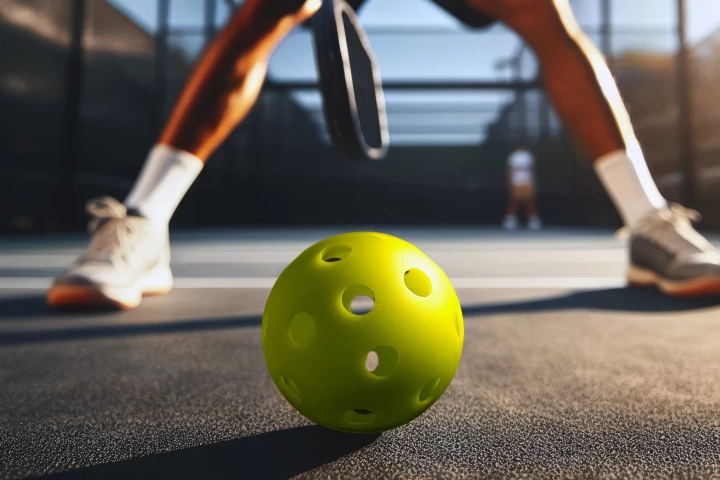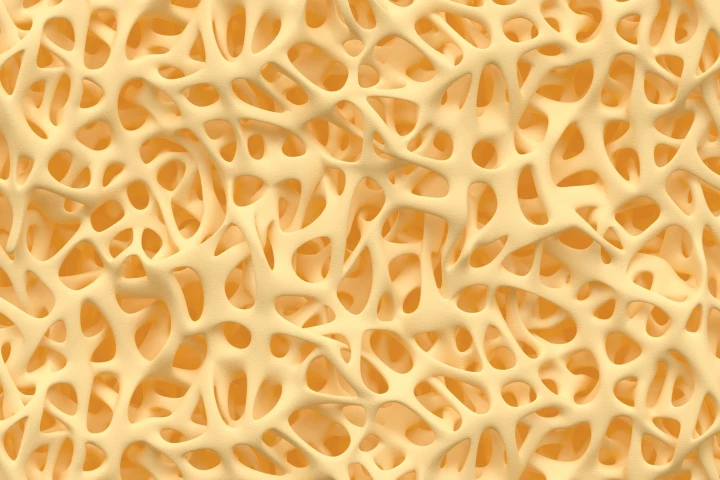Injuries
-
Pickleball’s boom has brought an unexpected side effect: a surge in serious eye injuries. A new study has revealed a sharp rise in pickleball-related eye trauma, promoting calls for protective eyewear standards.
-
The increase in dog ownership has seen an associated increase in dog-walking-related injuries, which can impose a substantial financial burden on the healthcare system, according to a new study. Helpfully, there are easy ways to avoid injury.
-
Whether they're caused by injury or other factors, missing sections of bone can be quite difficult to replace. A new injectable hydrogel could change that, however, by transforming into a bone regeneration material when exposed to visible light.
-
There may be new hope for people suffering from debilitating, slow-healing rotator cuff injuries. Chinese scientists have created an implantable 3D-printed material that both restores shoulder motion and boosts the regrowth of torn tendons.
-
Nature has again proven effective in treating health conditions, this time nerve injury. According to a new study, a compound found in the blessed thistle plant accelerates the regeneration of damaged nerves, restoring motor function and touch sensation.
-
Researchers have developed drug-loaded nanoparticles that target the cells that cause damaging inflammation following a spinal cord injury. The novel nanotherapy opens the door to new therapeutic possibilities for people with spinal injuries.
-
Scientists at Johns Hopkins have developed a new spinal stimulator that can help restore lower limb function to paralyzed patients. The tiny device can be non-invasively implanted through a syringe.
-
When treating broken bones, doctors want new bone tissue to grow back ASAP, and they also want to keep the wound site from becoming infected. Scientists have developed an implantable composite material that reportedly delivers on both counts.
-
A complete spinal cord injury results, tragically, in total paralysis of all limbs and muscles below the injury site. But now, scientists at EPFL have demonstrated in mice a new gene therapy that can regenerate nerves and restore the ability to walk.
-
After an athlete has suffered a concussion, it's important that they wait until the injury has healed before returning to the playing field. A new headset is designed to let them know when it's safe to do so, by monitoring their "headpulse."
-
Smart textiles and patches are the near future of home health monitoring. The latest in this burgeoning field of medical therapies is one that impressively keeps an eye on your muscles in real time, helping with both injury recovery and prevention.
-
MIT scientists have developed a synthetic system that can stem internal bleeding, to help save lives after a traumatic injury. Two components come together at a wound to form a clot, without doing so elsewhere in the body where it might be dangerous.
Load More











